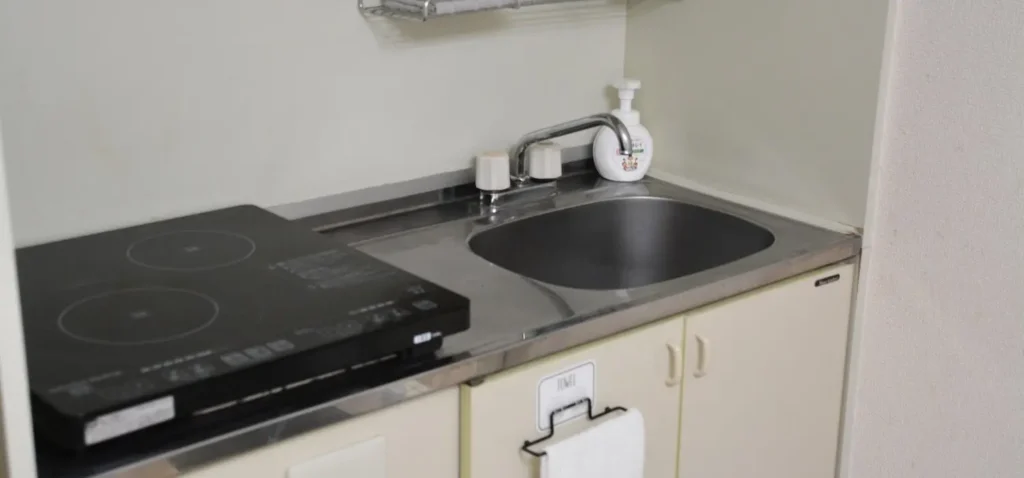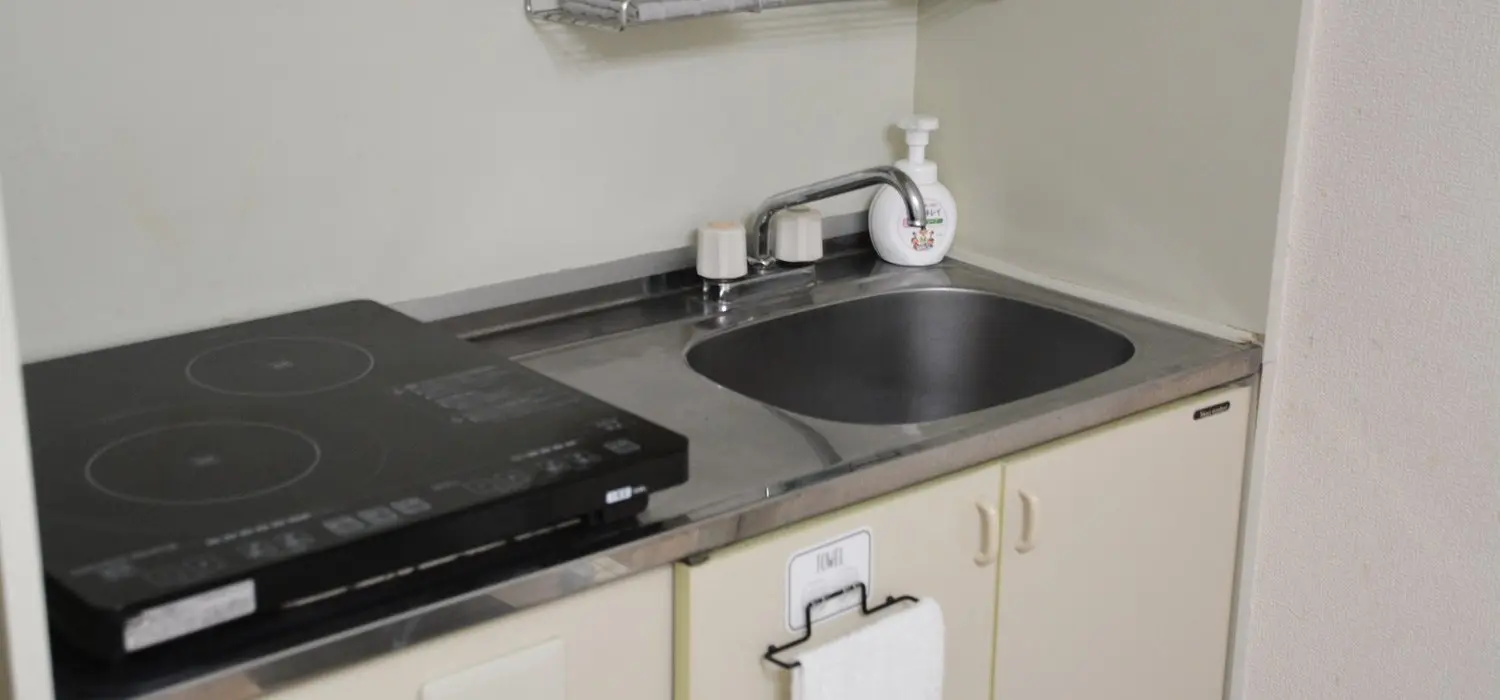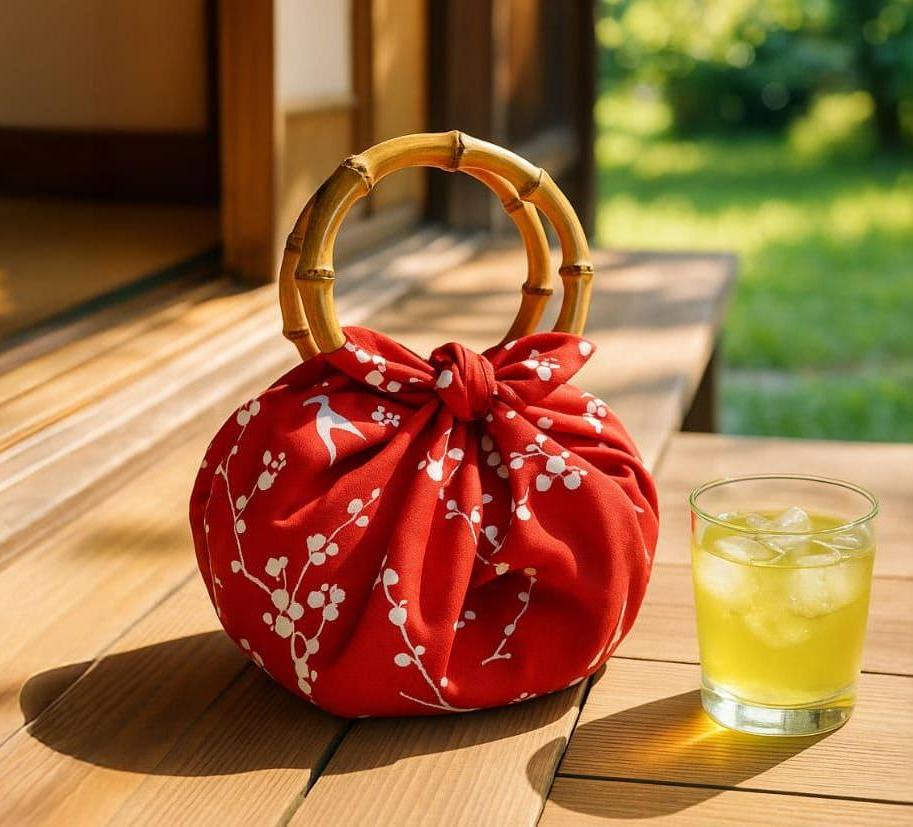If you’re staying in an Airbnb rather than a hotel, there’s a good chance your room comes with a small kitchen.
After a few days of enjoying amazing Japanese food—like sushi, wagyu, or tempura—you might glance at that compact kitchen and think:
“Why not try cooking something Japanese with local ingredients?”
But once you start searching for Japanese recipes on the internet or YouTube, you quickly realize it’s not as easy as it sounds:
- Airbnb kitchens are often equipped with only the basics
- Buying all the seasonings and tools is expensive and wasteful
- You’ll likely end up with leftover ingredients you can’t use up
That’s where this guide comes in.
Instead of giving you full recipes, it focuses on practical strategies for cooking Japanese-style meals in an Airbnb setting.
You’ll learn how to work around limited equipment, shop smart for ingredients, and make the most of what’s available—so you can still enjoy a taste of home-style Japan during your trip.

1. Equipment Tips
1-1. Common and Rare Kitchen Items in an Average Airbnb
Kitchen setups in Airbnb properties vary, but on average, you’ll often find the following:
Items commonly available
- Frying pan (small to medium size)
Large frying pans are rarely provided. - Small pot (for miso soup or soup)
Useful for cooking ramen or small portions of stews. - Single-burner stove (IH or gas)
Cooking multiple dishes at once is difficult, so you’ll need to prepare them in sequence. - Microwave
Convenient for reheating or simple cooking. - Kitchen knife and cutting board (quality varies)
Some knives are quite dull, so bringing a small sharpener or a folding knife can be reassuring. - Electric kettle
Handy for boiling water or heating up packaged foods.
Items you shouldn’t expect to find
- Oven (toaster ovens are common, but full-size ovens are rare)
- Large frying pans or woks
- High-quality knives (most are not very sharp)
- A full set of seasonings (you may find salt and pepper at best)
- Rice cooker (not guaranteed, even in Japan)
1-2. Tips for Cooking with Only What’s Available
An Airbnb kitchen is usually better equipped than a hotel room, but it’s rarely as complete as your own home.
Still, there are several ways to make a proper meal using only what’s provided.
- Avoid recipes that require multiple burners, or make use of the microwave
There are plenty of Japanese recipes that can be made with just one burner. Many ingredients can also be cooked entirely in the microwave. - Use pre-cut ingredients
If the knife isn’t very sharp, reduce the amount of chopping you need to do. Japanese supermarkets sell plenty of pre-cut vegetables, sliced cheese, and pre-sliced ham. - Cook everything in one frying pan
Even dishes like stews or pasta can be made in a single frying pan. - Take advantage of all-purpose seasonings like mentsuyu
A common Japanese condiment, mentsuyu is a soy sauce–based seasoning that already contains dashi (umami stock). Just dilute it with water, and you’ve got the base for a variety of Japanese dishes. You can also use salad dressings and other ready-made sauces to add depth of flavor with minimal seasoning.
2. Ingredient Tips
With a bit of creativity, you can choose ingredients in ways that make cooking during your trip much easier.
- Buy Small Portions of Meat and Vegetables
At supermarkets, choose smaller portions of meat and vegetables whenever possible.
If only multi-piece packs are available, try asking a nearby store clerk if you can buy just one. It may cost a little more per unit, but many stores are willing to sell single items on request. - Use Pre-Mixed Sauces
For dishes like curry, stew, or stir-fry, you can find ready-made bases that already have the seasonings blended in. Just cook your ingredients and mix them with the sauce—no need to buy extra spices or specialty items you’ll only use once. - Rely on Microwaveable Rice Packs
In Japanese home cooking, plain white rice is a staple. But raw rice is often sold in kilogram bags, and your Airbnb may not even have a rice cooker.
Microwaveable rice packs, which can be ready in about two minutes, are an easy and reliable alternative. - Buy Travel-Sized Seasonings
If you only need a small amount of seasoning for a few meals, you don’t have to buy full-size bottles or jars.100-yen shops such as Daiso or Can★Do, as well as the travel-size section of larger supermarkets, often carry:
・ Mini soy sauce bottles
・ Single-serving miso paste packets
・ Small sachets of spices or seasonings
These are perfect for travelers—they save money, reduce waste, and won’t take up much space in your luggage.
💡 Tip: Some convenience stores also sell soy sauce or dressing packets together with ready-made salads or sushi, and you can repurpose these for cooking. - Use the Supermarket Deli Section to Complement Your Cooking
Japanese supermarkets usually have a well-stocked deli section offering ready-to-eat dishes such as fried chicken (karaage), tempura, grilled fish, and fresh salads.
Rather than replacing your cooking, these items can enhance what you make, helping you create a more complete and satisfying meal without adding much prep time.
For example:
・ Cook a main dish yourself—like stir-fried pork or grilled chicken—and add a small serving of deli tempura or karaage as a side.
・ Stir-fry seasonal vegetables, then serve them alongside a pre-grilled fish from the deli counter.
・ Prepare cold soba noodles and top them with deli salads or side dishes for extra flavor and texture.
💡 Tip: Many delis discount items in the evening (typically after 7 p.m.), so if you don’t mind a later dinner, you can get quality dishes for less.
3. Simple Japanese Recipes
4. Conclusion
Cooking in an Airbnb may come with limitations in equipment and ingredients, but with a little creativity, it can still be an enjoyable part of your trip.
By making good use of Japanese supermarkets, seasonings, and ready-made products, you can prepare dishes that come surprisingly close to authentic Japanese home cooking, even with limited time and tools.
Think of it as part of the travel experience—don’t aim for perfection, and just enjoy the process.







